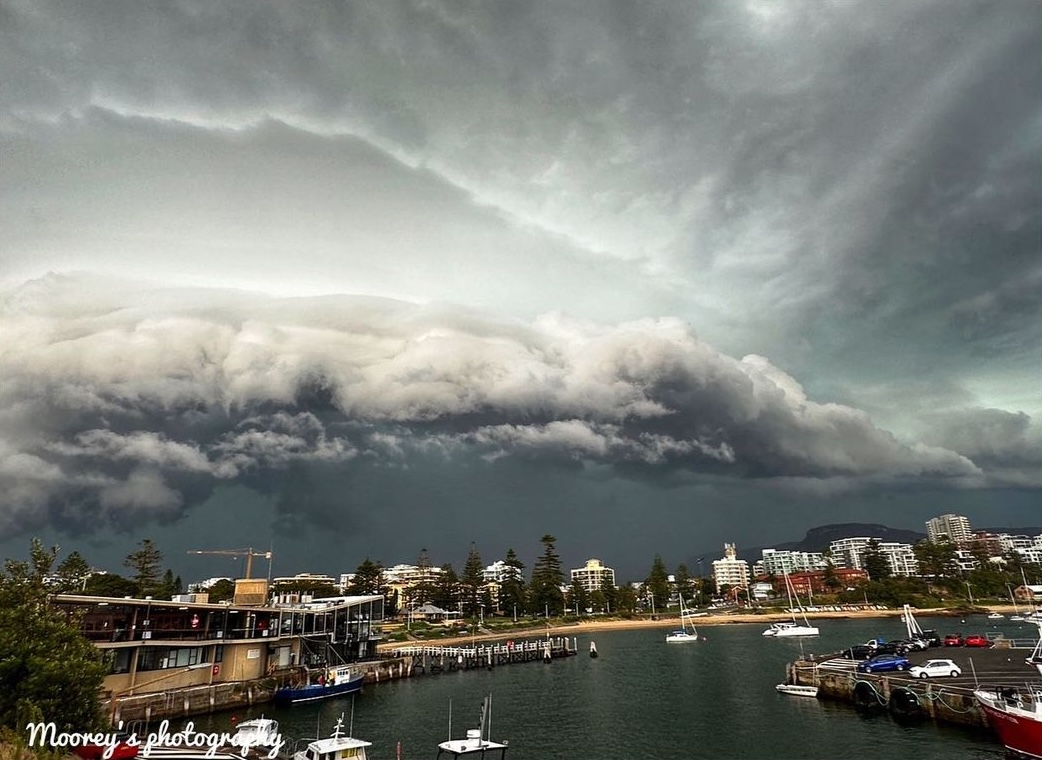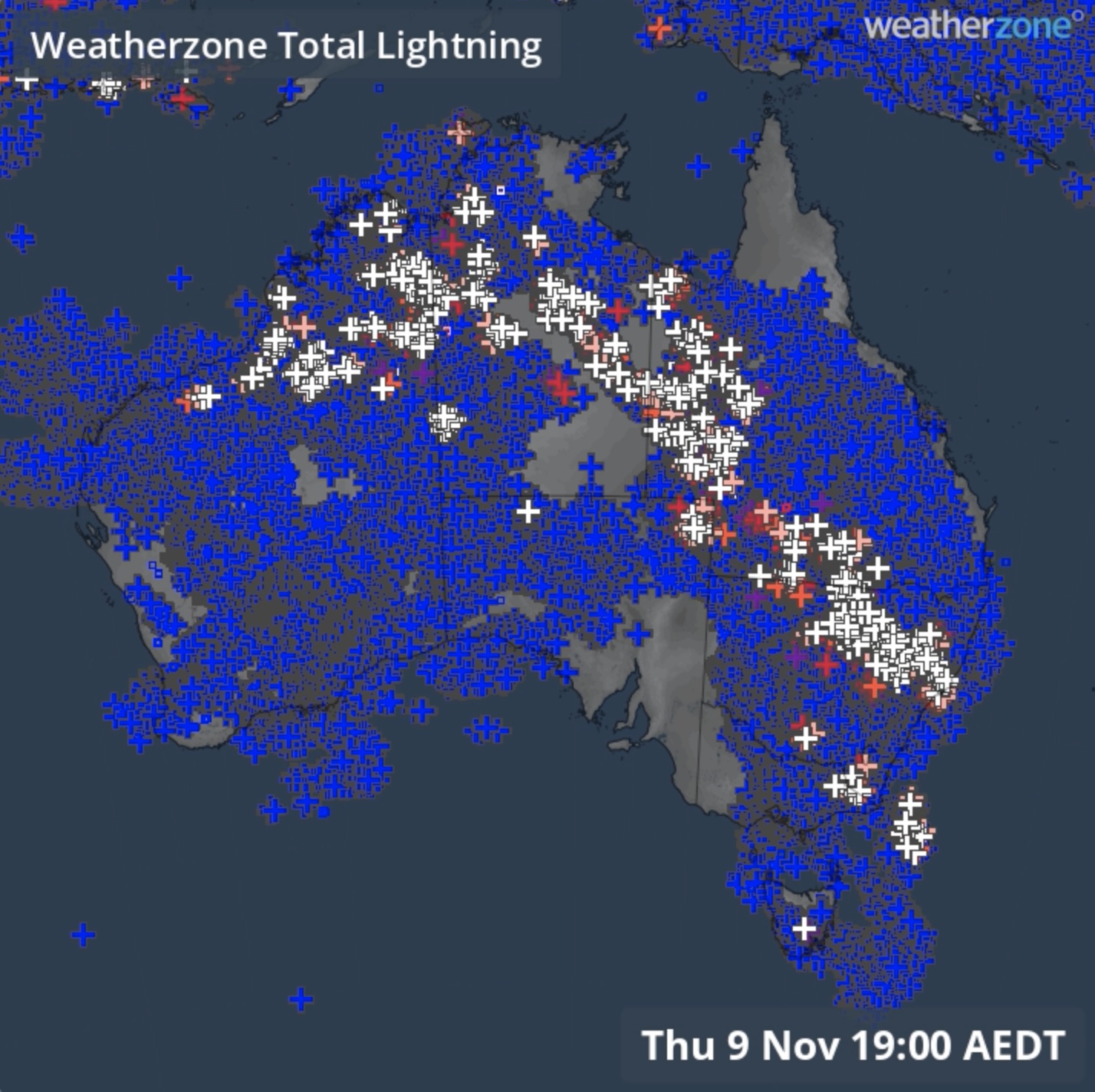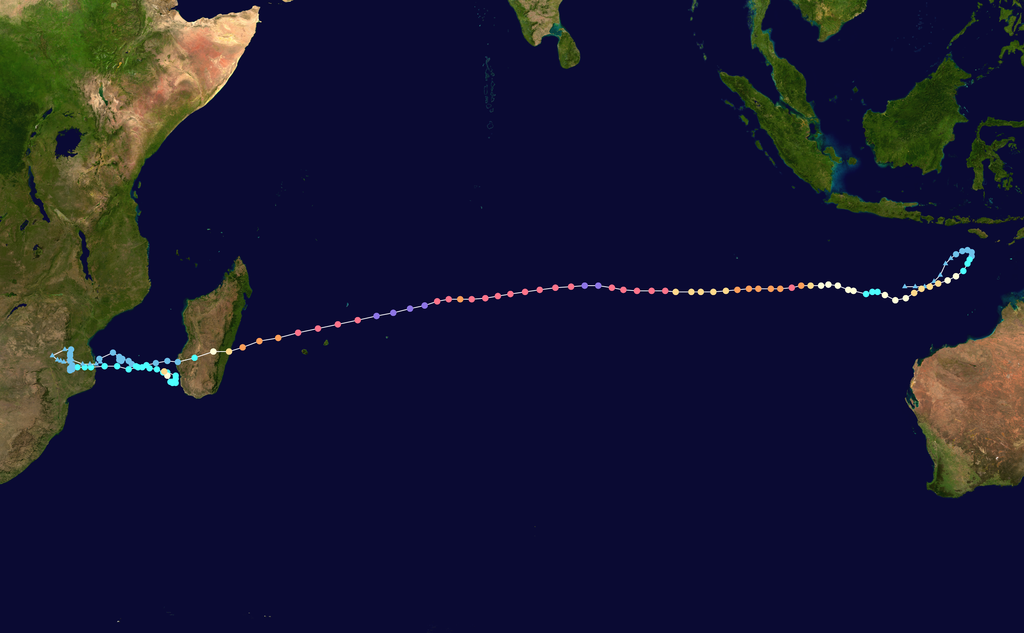The biggest Aussie weather stories of 2023
The year 2023 will almost certainly go down as the world's hottest on record, with global average temperatures tracking close to 1.5°C above pre-industrial temperatures.
In Australia we felt the heat too, and our warm temps were definitely one of the main stories of the year, especially as we got towards the second half of 2023.
A warm year with the warmest winter on record
- The summer of 2022/2023 was marginally above the long-term (1961–1990) average despite the effects of La Niña (more cloud + more rain = cooler temps)
- Autumn was right on average nationwide, the first time in 11 years it had not exceeded the long-term average
- Winter was Australia's warmest on record, with a national mean temperature that was 1.53°C above the long-term average
- Spring was Australia's fifth-warmest on record, with a national mean temperature that was 1.69°C above the long-term average
One of the effects of our warm winter was the poor snow season on both mainland Australia and Tasmania. The peak depth at Spencers Creek in NSW, where Snowy Hydro has kept records since 1954, was just 131 cm on July 13, the earliest peak on record and one of the lowest season peaks in any recorded year.

Image: Smiggin Holes, one of the lower altitude sections of Perisher resort, was not exactly at its snowy best during August. Source: "Golds70" @ ski.com.au.
Out with La Niña
By autumn, La Niña was finally gone. Australia had endured three straight La Niña years, with too many flooding events to mention under the influence of this key climate driver which typically causes wetter weather.
El Niño declared
Like an office romance that everyone knows is happening but no one is game to confirm, all the signs were that El Niño was imminent. Yet the BoM delayed its expected declaration by many weeks until eventually on September 19, we could all openly discuss what everyone suspected: El Niño was here.
Warm and dry weather affected much of the country immediately afterwards, fuelling fears of a scorching, dry summer ahead. And then the script briefly flipped to an extent.

Image: Now THAT is a top shelf image. Source: mooreys_photography on Instagram.
Surprisingly wet late spring
A very wet second half of spring, especially in the southeast of the country was a surprise for many, with storms and lightning a feature of the unsettled weather. In just one week in November, a whopping 8 million lightning strikes were detected across the country by Weatherzone's Total Lightning Network.
Some days in November, it seemed like the whole of the country was lit up like a Christmas tree.

Ex-TC Jasper delivers monster rainfall
In October, Cyclone Lola became the earliest Category 5 cyclone ever recorded in the Southern Hemisphere. The official season starts on November 1.
While Lola stayed well east of Australia and did not impact our shores, the same could not be said for Cyclone Jasper in mid-December, which made a beeline for the north Queensland coast after forming outside of the Australian region.
While Jasper reached Catgeory 4, it had diminished in strength by the time the system reached Australia. As a result, north Queensland experienced minimal wind damage; however, the extreme rainfall generated in the storm's wake caused severe flooding after some of the highest daily rainfall readings in Australian meteorological history.
And while we're talking about tropical cyclones, let's not forget Cyclone Freddy, which formed in Australian waters on February 6 and was still kicking on more than a month later off the African coast, having crossed the entire Indian Ocean. Freddy set records for longevity.

Image: Freddy went for a month-long ride across the Indian Ocean.
In summary
Apart from the recent flooding rains in the wake of TC Jasper in far north Queensland, Australia didn't have too many dramatic weather events in 2023. There was just an overall warming, drying trend across large parts of the country.
We haven't mentioned the states in isolation in this 2023 summary as we're trying to give a broad overview, but if one state stood out for its consistent climatic pattern, that would be Western Australia, which was consistently warmer and drier than usual in most parts of the state for much of 2023.
We'll have more statistics for 2023 in coming days when the year is wrapped up. Until then, Happy 2024!